深入浅出PaddlePaddle函数——paddle.to_tensor
分类目录:《深入浅出PaddlePaddle函数》总目录
相关文章:
· 深入浅出PaddlePaddle函数——paddle.Tensor
· 深入浅出PaddlePaddle函数——paddle.to_tensor
通过已知的data来创建一个Tensor,Tensor类型为paddle.Tensor。data可以是scalar、tuple、list、numpy.ndarray、paddle.Tensor。如果data已经是一个Tensor,且dtype 、 place没有发生变化,将不会发生Tensor的拷贝并返回原来的Tensor。 否则会创建一个新的 Tensor,且不保留原来计算图。
语法
paddle.to_tensor(data, dtype=None, place=None, stop_gradient=True)
参数
data:[scalar/tuple/list/ndarray/Tensor] 初始化Tensor的数据,可以是scalar、tuple、list、numpy.ndarray、paddle.Tensor类型。dtype:[可选,str] 创建Tensor的数据类型,可以是bool、float16、float32、float64、int8、int16、int32、int64、uint8、complex64、complex128。 默认值为None,如果data为 python 浮点类型,则从get_default_dtype获取类型,如果data为其他类型,则会自动推导类型。place:[可选,CPUPlace/CUDAPinnedPlace/CUDAPlace] 创建Tensor的设备位置,可以是CPUPlace、CUDAPinnedPlace、CUDAPlace。默认值为None,使用全局的place。stop_gradient: [可选,bool] 是否阻断Autograd的梯度传导。默认值为True,此时不进行梯度传传导。
返回值
通过data创建的 Tensor。
实例
import paddletype(paddle.to_tensor(1))
# <class 'paddle.Tensor'>paddle.to_tensor(1)
# Tensor(shape=[1], dtype=int64, place=CPUPlace, stop_gradient=True,
# [1])x = paddle.to_tensor(1, stop_gradient=False)
print(x)
# Tensor(shape=[1], dtype=int64, place=CPUPlace, stop_gradient=False,
# [1])paddle.to_tensor(x) # A new tensor will be created with default stop_gradient=True
# Tensor(shape=[1], dtype=int64, place=CPUPlace, stop_gradient=True,
# [1])paddle.to_tensor([[0.1, 0.2], [0.3, 0.4]], place=paddle.CPUPlace(), stop_gradient=False)
# Tensor(shape=[2, 2], dtype=float32, place=CPUPlace, stop_gradient=False,
# [[0.10000000, 0.20000000],
# [0.30000001, 0.40000001]])type(paddle.to_tensor([[1+1j, 2], [3+2j, 4]], dtype='complex64'))
# <class 'paddle.Tensor'>paddle.to_tensor([[1+1j, 2], [3+2j, 4]], dtype='complex64')
# Tensor(shape=[2, 2], dtype=complex64, place=CPUPlace, stop_gradient=True,
# [[(1+1j), (2+0j)],
# [(3+2j), (4+0j)]])
函数实现
def to_tensor(data, dtype=None, place=None, stop_gradient=True):r"""Constructs a ``paddle.Tensor`` from ``data`` ,which can be scalar, tuple, list, numpy\.ndarray, paddle\.Tensor.If the ``data`` is already a Tensor, copy will be performed and return a new tensor.If you only want to change stop_gradient property, please call ``Tensor.stop_gradient = stop_gradient`` directly.Args:data(scalar|tuple|list|ndarray|Tensor): Initial data for the tensor.Can be a scalar, list, tuple, numpy\.ndarray, paddle\.Tensor.dtype(str|np.dtype, optional): The desired data type of returned tensor. Can be 'bool' , 'float16' ,'float32' , 'float64' , 'int8' , 'int16' , 'int32' , 'int64' , 'uint8','complex64' , 'complex128'. Default: None, infers dtype from ``data``except for python float number which gets dtype from ``get_default_type`` .place(CPUPlace|CUDAPinnedPlace|CUDAPlace|str, optional): The place to allocate Tensor. Can beCPUPlace, CUDAPinnedPlace, CUDAPlace. Default: None, means global place. If ``place`` isstring, It can be ``cpu``, ``gpu:x`` and ``gpu_pinned``, where ``x`` is the index of the GPUs.stop_gradient(bool, optional): Whether to block the gradient propagation of Autograd. Default: True.Returns:Tensor: A Tensor constructed from ``data`` .Examples:.. code-block:: pythonimport paddletype(paddle.to_tensor(1))# <class 'paddle.Tensor'>paddle.to_tensor(1)# Tensor(shape=[1], dtype=int64, place=CPUPlace, stop_gradient=True,# [1])x = paddle.to_tensor(1, stop_gradient=False)print(x)# Tensor(shape=[1], dtype=int64, place=CPUPlace, stop_gradient=False,# [1])paddle.to_tensor(x) # A new tensor will be created with default stop_gradient=True# Tensor(shape=[1], dtype=int64, place=CPUPlace, stop_gradient=True,# [1])paddle.to_tensor([[0.1, 0.2], [0.3, 0.4]], place=paddle.CPUPlace(), stop_gradient=False)# Tensor(shape=[2, 2], dtype=float32, place=CPUPlace, stop_gradient=False,# [[0.10000000, 0.20000000],# [0.30000001, 0.40000001]])type(paddle.to_tensor([[1+1j, 2], [3+2j, 4]], dtype='complex64'))# <class 'paddle.Tensor'>paddle.to_tensor([[1+1j, 2], [3+2j, 4]], dtype='complex64')# Tensor(shape=[2, 2], dtype=complex64, place=CPUPlace, stop_gradient=True,# [[(1+1j), (2+0j)],# [(3+2j), (4+0j)]])"""place = _get_paddle_place(place)if place is None:place = _current_expected_place()if _non_static_mode():return _to_tensor_non_static(data, dtype, place, stop_gradient)# call assign for static graphelse:re_exp = re.compile(r'[(](.+?)[)]', re.S)place_str = re.findall(re_exp, str(place))[0]with paddle.static.device_guard(place_str):return _to_tensor_static(data, dtype, stop_gradient)def full_like(x, fill_value, dtype=None, name=None):"""This function creates a tensor filled with ``fill_value`` which has identical shape of ``x`` and ``dtype``.If the ``dtype`` is None, the data type of Tensor is same with ``x``.Args:x(Tensor): The input tensor which specifies shape and data type. The data type can be bool, float16, float32, float64, int32, int64.fill_value(bool|float|int): The value to fill the tensor with. Note: this value shouldn't exceed the range of the output data type.dtype(np.dtype|str, optional): The data type of output. The data type can be oneof bool, float16, float32, float64, int32, int64. The default value is None, which means the outputdata type is the same as input.name(str, optional): For details, please refer to :ref:`api_guide_Name`. Generally, no setting is required. Default: None.Returns:Tensor: Tensor which is created according to ``x``, ``fill_value`` and ``dtype``.Examples:.. code-block:: pythonimport paddleinput = paddle.full(shape=[2, 3], fill_value=0.0, dtype='float32', name='input')output = paddle.full_like(input, 2.0)# [[2. 2. 2.]# [2. 2. 2.]]"""if dtype is None:dtype = x.dtypeelse:if not isinstance(dtype, core.VarDesc.VarType):dtype = convert_np_dtype_to_dtype_(dtype)if in_dygraph_mode():return _C_ops.full_like(x, fill_value, dtype, x.place)if _in_legacy_dygraph():return _legacy_C_ops.fill_any_like(x, 'value', fill_value, 'dtype', dtype)helper = LayerHelper("full_like", **locals())check_variable_and_dtype(x,'x',['bool', 'float16', 'float32', 'float64', 'int16', 'int32', 'int64'],'full_like',)check_dtype(dtype,'dtype',['bool', 'float16', 'float32', 'float64', 'int16', 'int32', 'int64'],'full_like/zeros_like/ones_like',)out = helper.create_variable_for_type_inference(dtype=dtype)helper.append_op(type='fill_any_like',inputs={'X': [x]},attrs={'value': fill_value, "dtype": dtype},outputs={'Out': [out]},)out.stop_gradient = Truereturn out
相关文章:

深入浅出PaddlePaddle函数——paddle.to_tensor
分类目录:《深入浅出PaddlePaddle函数》总目录 相关文章: 深入浅出PaddlePaddle函数——paddle.Tensor 深入浅出PaddlePaddle函数——paddle.to_tensor 通过已知的data来创建一个Tensor,Tensor类型为paddle.Tensor。data可以是scalar、tupl…...

JavaScript高级程序设计读书分享之10章——函数
JavaScript高级程序设计(第4版)读书分享笔记记录 适用于刚入门前端的同志 定义函数 定义函数有两种方式:函数声明和函数表达式大致看这两种方式没有什么区别,事实上,JavaScript 引擎在加载数据时对它们是区别对待的。JavaScript 引擎在任何代…...

第八章 使用 ^%ZSTART 和 ^%ZSTOP 例程自定义启动和停止行为 - 设计注意事项
文章目录第八章 使用 ^%ZSTART 和 ^%ZSTOP 例程自定义启动和停止行为 - 设计注意事项设计注意事项第八章 使用 ^%ZSTART 和 ^%ZSTOP 例程自定义启动和停止行为 - 设计注意事项 IRIS 可以在特定事件发生时执行自定义代码。需要两个步骤: 定义 ^%ZSTART 例程、^%ZSTO…...
工作实战之拦截器模式
目录 前言 一、结构中包含的角色 二、拦截器使用 1.拦截器角色 a.自定义拦截器UserValidateInterceptor,UserUpdateInterceptor,UserEditNameInterceptor b.拦截器配置者UserInterceptorChainConfigure,任意组装拦截器顺序 c.拦截器管理者…...
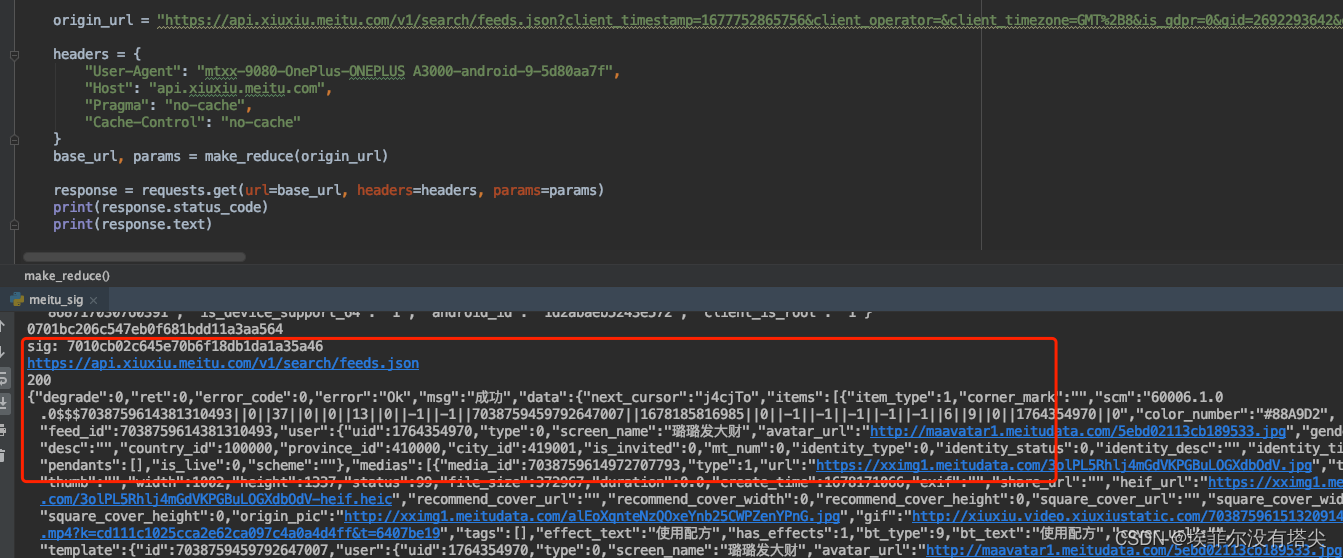
某美颜app sig参数分析
之前转载过该app的文章,今天翻版重新整理下,版本号:576O5Zu56eA56eAYXBwIHY5MDgw (base64 解码)。 上来先抓个包: jadx搜索关键词 "sigTime",然后定位到这里 看这行代码 cVar.addForm(INoCaptchaComponent.sig, genera…...

Linux - Linux系统优化思路
文章目录影响Linux性能的因素CPU内存磁盘I/O性能网络宽带操作系统相关资源系统安装优化内核参数优化文件系统优化应用程序软件资源系统性能分析工具vmstat命令iostat命令sar命令系统性能分析标准小结影响Linux性能的因素 CPU CPU是操作系统稳定运行的根本,CPU的速…...
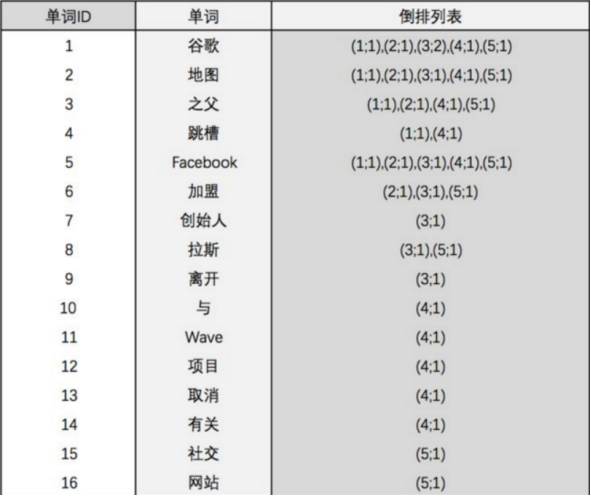
2.Elasticsearch入门
2.Elasticsearch入门[toc]1.Elasticsearch简介Elasticsearch是用Java开发并且是当前最流行的开源的企业级搜索引擎。 能够达到实时搜索,稳定,可靠,快速,安装使用方便。客户端支持Java、.NET(C#)、PHP、Pyth…...
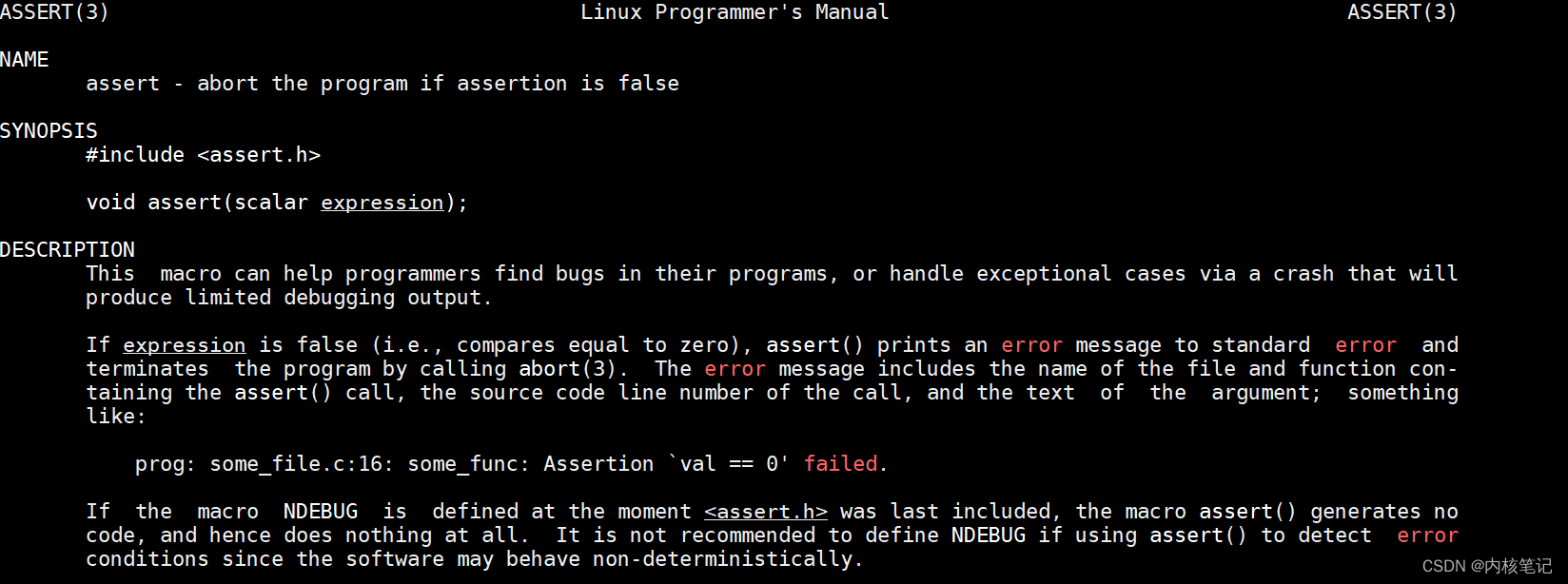
RK3399平台开发系列讲解(应用开发篇)断言的使用
🚀返回专栏总目录 文章目录 一、什么是断言二、静态断言三、运行时断言沉淀、分享、成长,让自己和他人都能有所收获!😄 📢断言为我们提供了一种可以静态或动态地检查程序在目标平台上整体状态的能力,与它相关的接口由头文件 assert.h 提供。 一、什么是断言 在编程中…...
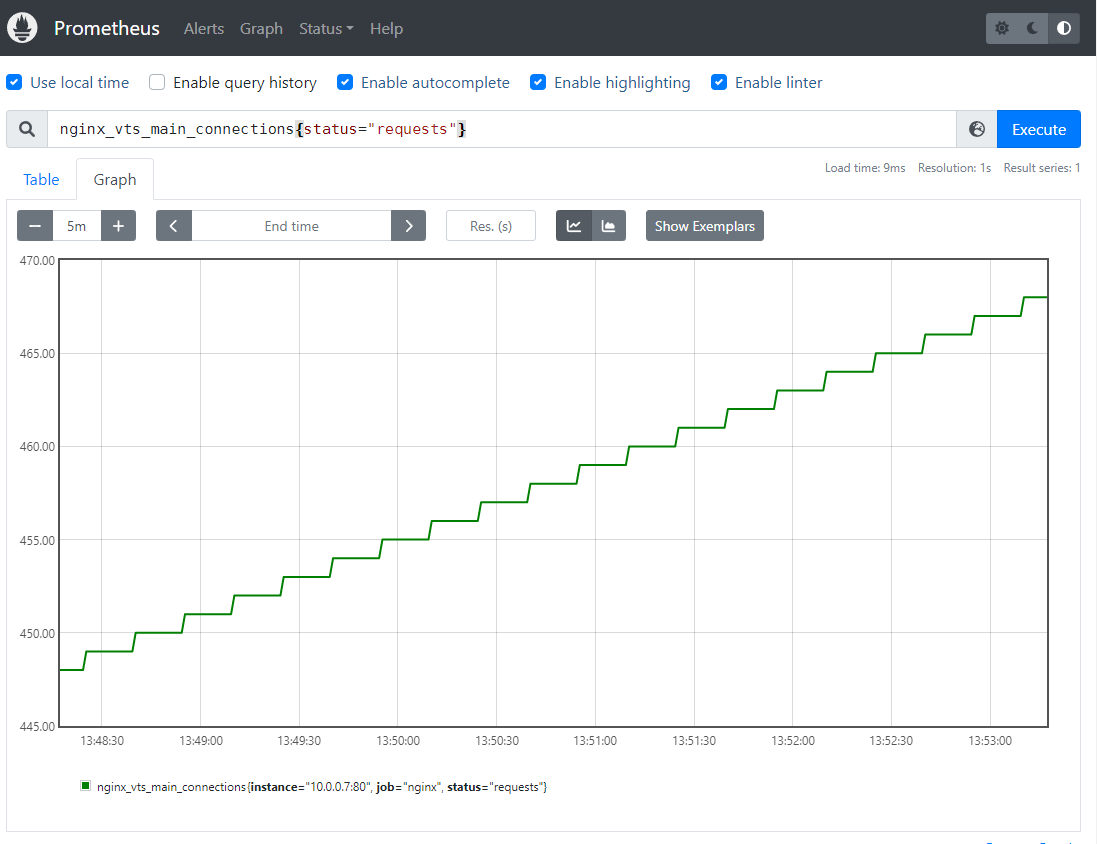
云原生系列之使用prometheus监控nginx
前言 大家好,又见面了,我是沐风晓月,本文主要讲解云原生系列之使用prometheus监控nginx 文章收录到 csdn 我是沐风晓月的博客【prometheus监控系列】专栏,此专栏是沐风晓月对云原生prometheus的的总结,希望能够加深自…...
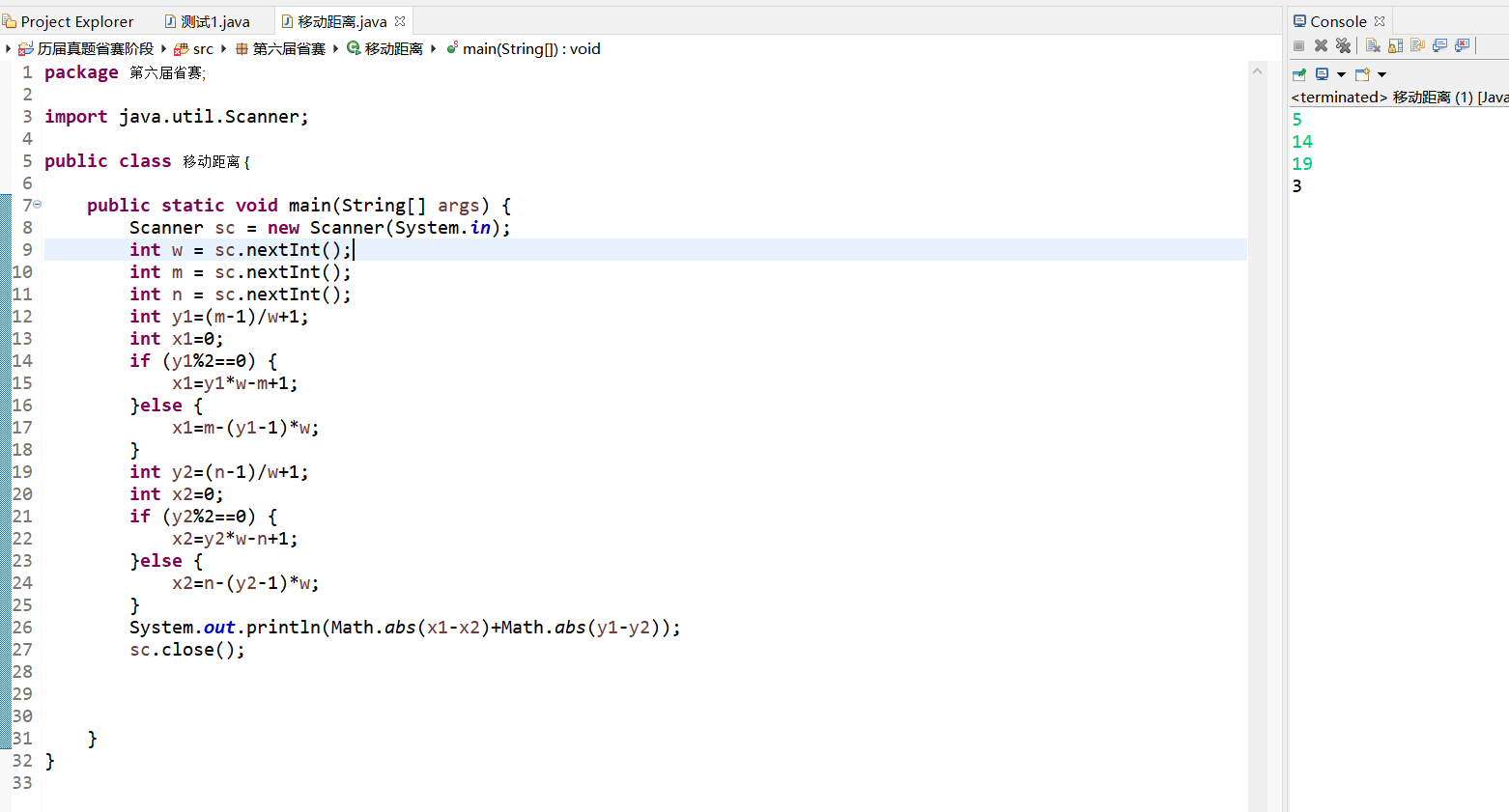
第六届省赛——8移动距离(总结规律)
题目:X星球居民小区的楼房全是一样的,并且按矩阵样式排列。其楼房的编号为1,2,3...当排满一行时,从下一行相邻的楼往反方向排号。比如:当小区排号宽度为6时,开始情形如下:1 2 3 4 5 612 11 10 9 8 713 14 1…...
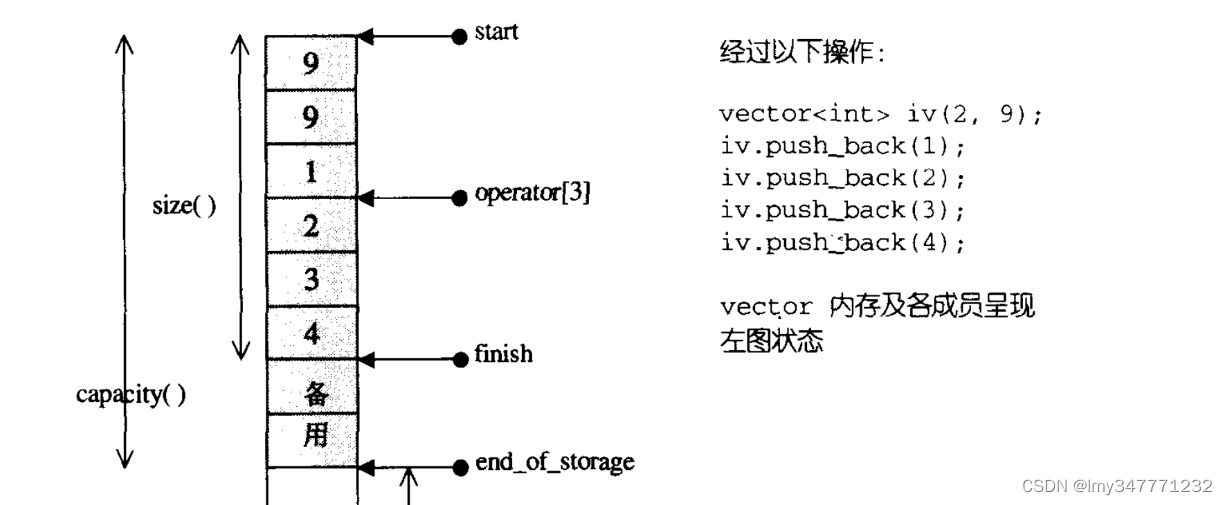
C++vector 简单实现
一。概述 vector是我们经常用的一个容器,其本质是一个线性数组。通过对动态内存的管理,增删改查数据,达到方便使用的目的。 作为一个线性表,控制元素个数,容量,开始位置的指针分别是: start …...
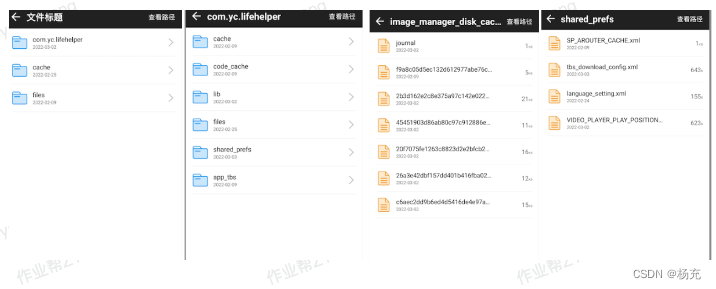
通用缓存存储设计实践
目录介绍 01.整体概述说明 1.1 项目背景介绍1.2 遇到问题记录1.3 基础概念介绍1.4 设计目标1.5 产生收益分析 02.市面存储方案 2.1 缓存存储有哪些2.2 缓存策略有哪些2.3 常见存储方案2.4 市面存储方案说明2.5 存储方案的不足 03.存储方案原理 3.1 Sp存储原理分析3.2 MMKV存储…...

sheng的学习笔记Eureka Ribbon
Eureka-注册中心Eureka简介官方网址:https://spring.io/projects/spring-cloud-netflixEureka介绍Spring Cloud 封装了 Netflix 公司开发的 Eureka 模块来实现服务注册和发现(请对比Zookeeper)。Zooleeper nacos.Eureka 采用了 C-S 的设计架构。Eureka Server 作为服…...
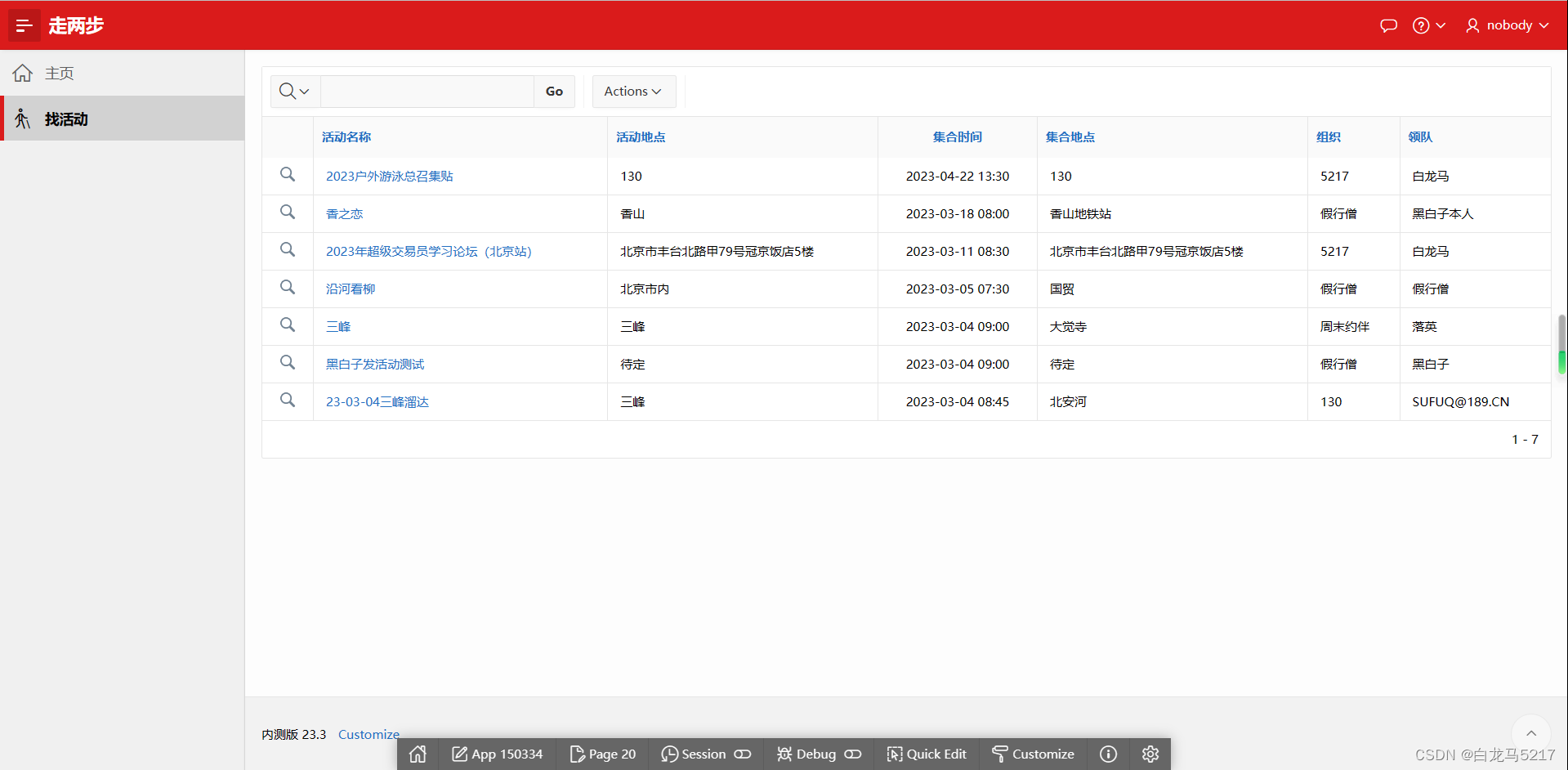
零代码工具我推荐Oracle APEX
云原生时代零代码工具我推荐Oracle APEX 国内的低码开发平台我也看了很多,感觉还是不太适合我这个被WEB抛弃的老炮。自从看了Oracle APEX就不打算看其它的了。太强大了,WEB服务器都省了,直接数据库到WEB页面。功能很强大,震撼到我…...
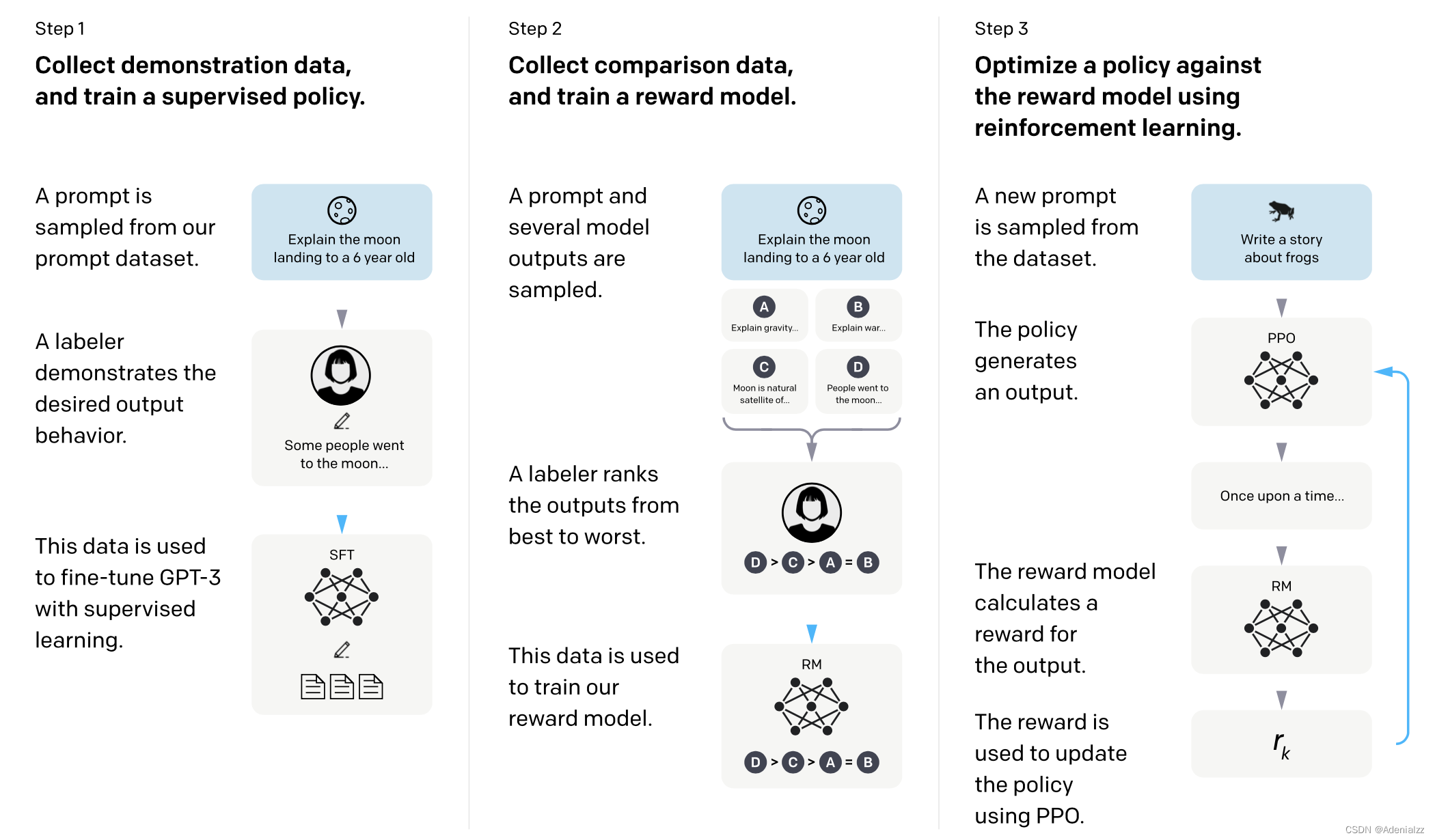
InstructGPT方法简读
InstructGPT方法简读 引言 仅仅通过增大模型规模和数据规模来训练更大的模型并不能使得大模型更好地理解用户意图。由于数据的噪声极大,并且现在的大多数大型语言模型均为基于深度学习的“黑箱模型”,几乎不具有可解释性和可控性,因此&…...

SpringCloud-5_模块集群化
避免一台Server挂掉,影响整个服务,搭建server集群创建e-commerce-eureka-server-9002微服务模块【作为注册中心】创建步骤参考e-commerce-eureka-server-9001修改pom.xml,加入依赖同9001创建resources/application.yml9002的ymlserver: # 修改端口号por…...
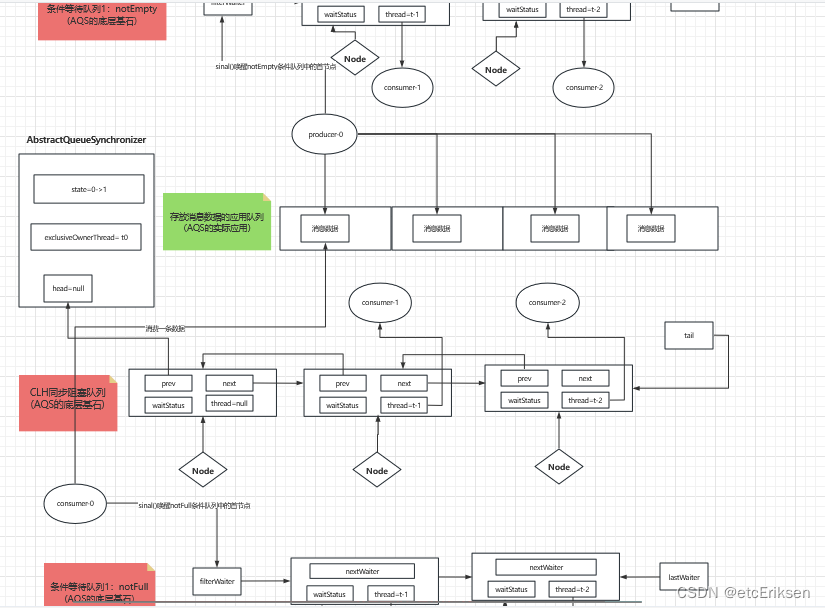
AQS底层源码深度剖析-BlockingQueue
目录 AQS底层源码深度剖析-BlockingQueue BlockingQueue定义 队列类型 队列数据结构 ArrayBlockingQueue LinkedBlockingQueue DelayQueue BlockingQueue API 添加元素 检索(取出)元素 BlockingQueue应用队列总览图 AQS底层源码深度剖析-BlockingQueue【重点中的重…...

Kotlin协程:Flow的异常处理
示例代码如下:launch(Dispatchers.Main) {// 第一部分flow {emit(1)throw NullPointerException("e")}.catch {Log.d("liduo", "onCreate1: $it")}.collect {Log.d("liudo", "onCreate2: $it")}// 第二部分flow …...

qt下ffmpeg录制mp4经验分享,支持音视频(h264、h265,AAC,G711 aLaw, G711muLaw)
前言 MP4,是最常见的国际通用格式,在常见的播放软件中都可以使用和播放,磁盘空间占地小,画质一般清晰,它本身是支持h264、AAC的编码格式,对于其他编码的话,需要进行额外处理。本文提供了ffmpeg录…...

C#读取Excel解析入门-1仅围绕三个主要的为阵地,进行重点解析,就是最理性的应对上法所在
业务中也是同样的功能点实现。只是多扩展了很多代码,构成了项目的其他部分,枝干所在。但是有用的枝干,仅仅不超过三个主要的!所以您仅仅围绕三个主要的为阵地,进行重点解析,就是最理性的应对上法所在了 str…...
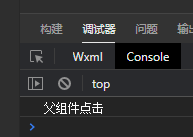
微信小程序之bind和catch
这两个呢,都是绑定事件用的,具体使用有些小区别。 官方文档: 事件冒泡处理不同 bind:绑定的事件会向上冒泡,即触发当前组件的事件后,还会继续触发父组件的相同事件。例如,有一个子视图绑定了b…...

2025年能源电力系统与流体力学国际会议 (EPSFD 2025)
2025年能源电力系统与流体力学国际会议(EPSFD 2025)将于本年度在美丽的杭州盛大召开。作为全球能源、电力系统以及流体力学领域的顶级盛会,EPSFD 2025旨在为来自世界各地的科学家、工程师和研究人员提供一个展示最新研究成果、分享实践经验及…...
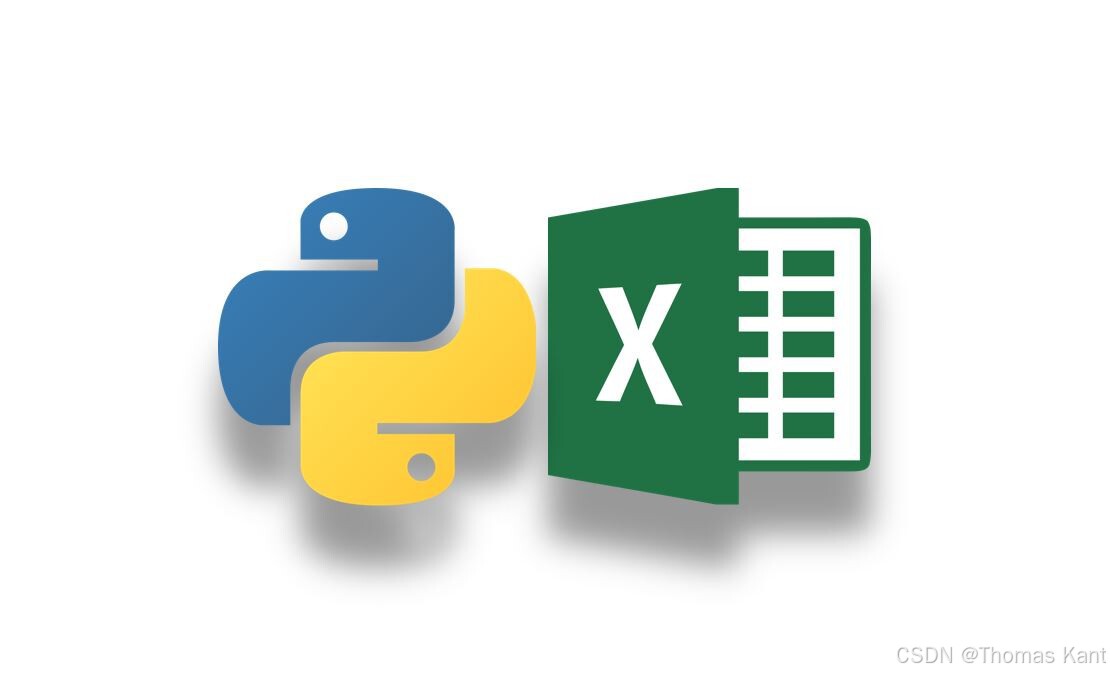
Python:操作 Excel 折叠
💖亲爱的技术爱好者们,热烈欢迎来到 Kant2048 的博客!我是 Thomas Kant,很开心能在CSDN上与你们相遇~💖 本博客的精华专栏: 【自动化测试】 【测试经验】 【人工智能】 【Python】 Python 操作 Excel 系列 读取单元格数据按行写入设置行高和列宽自动调整行高和列宽水平…...
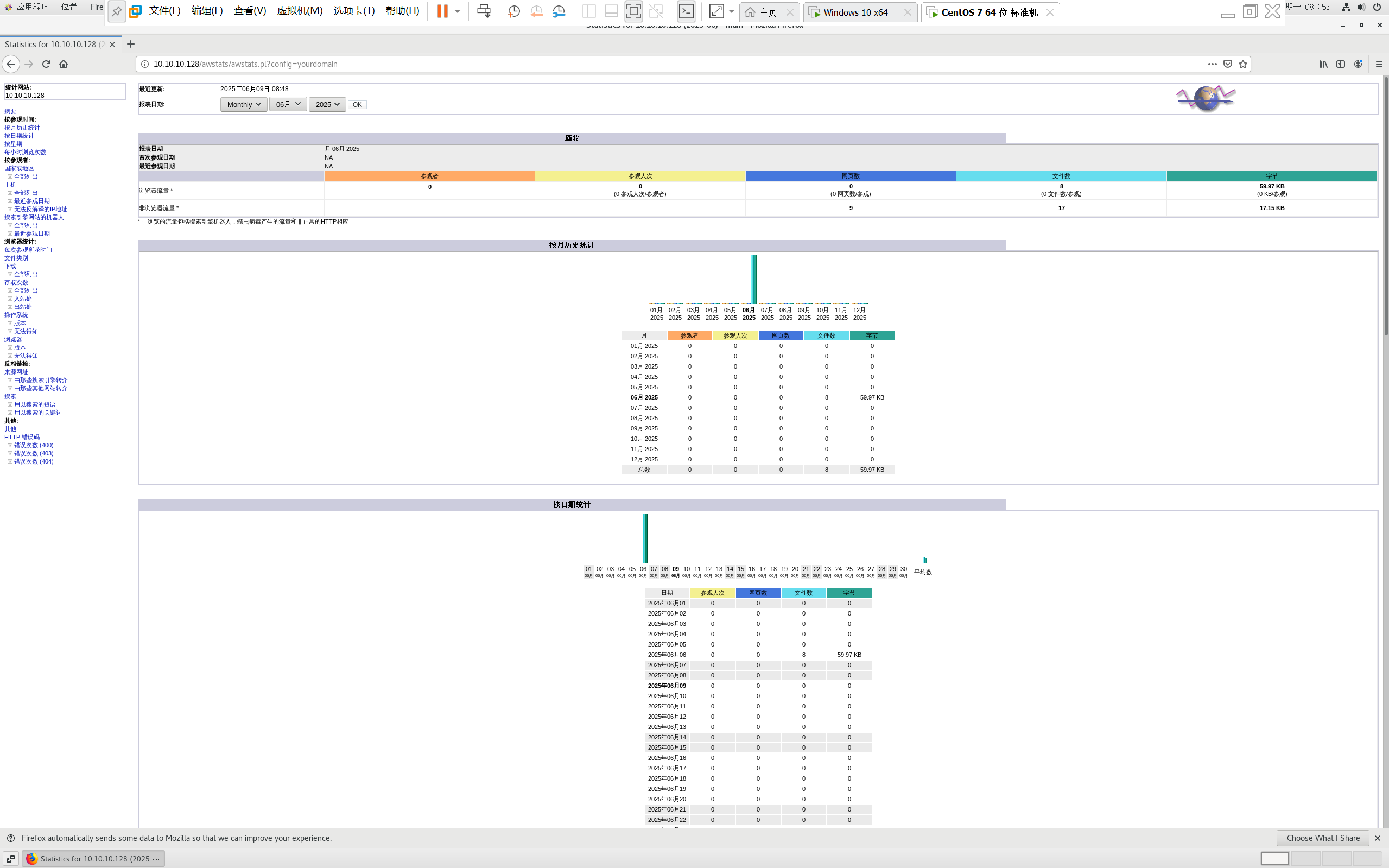
centos 7 部署awstats 网站访问检测
一、基础环境准备(两种安装方式都要做) bash # 安装必要依赖 yum install -y httpd perl mod_perl perl-Time-HiRes perl-DateTime systemctl enable httpd # 设置 Apache 开机自启 systemctl start httpd # 启动 Apache二、安装 AWStats࿰…...

多模态商品数据接口:融合图像、语音与文字的下一代商品详情体验
一、多模态商品数据接口的技术架构 (一)多模态数据融合引擎 跨模态语义对齐 通过Transformer架构实现图像、语音、文字的语义关联。例如,当用户上传一张“蓝色连衣裙”的图片时,接口可自动提取图像中的颜色(RGB值&…...

论文浅尝 | 基于判别指令微调生成式大语言模型的知识图谱补全方法(ISWC2024)
笔记整理:刘治强,浙江大学硕士生,研究方向为知识图谱表示学习,大语言模型 论文链接:http://arxiv.org/abs/2407.16127 发表会议:ISWC 2024 1. 动机 传统的知识图谱补全(KGC)模型通过…...
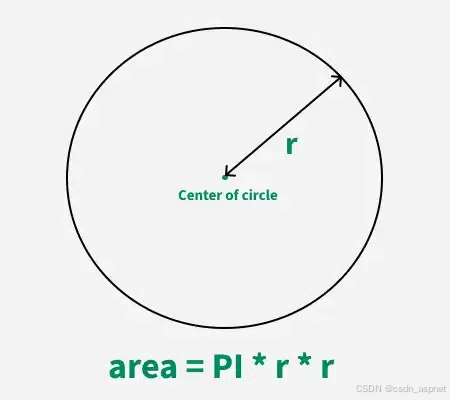
C# 求圆面积的程序(Program to find area of a circle)
给定半径r,求圆的面积。圆的面积应精确到小数点后5位。 例子: 输入:r 5 输出:78.53982 解释:由于面积 PI * r * r 3.14159265358979323846 * 5 * 5 78.53982,因为我们只保留小数点后 5 位数字。 输…...

腾讯云V3签名
想要接入腾讯云的Api,必然先按其文档计算出所要求的签名。 之前也调用过腾讯云的接口,但总是卡在签名这一步,最后放弃选择SDK,这次终于自己代码实现。 可能腾讯云翻新了接口文档,现在阅读起来,清晰了很多&…...

实战三:开发网页端界面完成黑白视频转为彩色视频
一、需求描述 设计一个简单的视频上色应用,用户可以通过网页界面上传黑白视频,系统会自动将其转换为彩色视频。整个过程对用户来说非常简单直观,不需要了解技术细节。 效果图 二、实现思路 总体思路: 用户通过Gradio界面上…...

Vue3 PC端 UI组件库我更推荐Naive UI
一、Vue3生态现状与UI库选择的重要性 随着Vue3的稳定发布和Composition API的广泛采用,前端开发者面临着UI组件库的重新选择。一个好的UI库不仅能提升开发效率,还能确保项目的长期可维护性。本文将对比三大主流Vue3 UI库(Naive UI、Element …...
